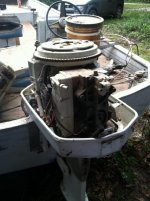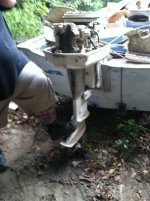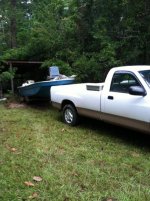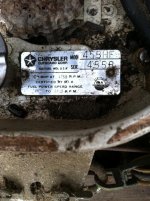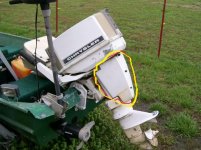Hey Guys,
New member here! A friend of mine is giving away his old boat. It has a 1973 Chrysler on it, and it has been sitting(covered) for 20 years, (the last registration expired in '94). It is my understanding the engine was in good working order before it was abandoned. My concern is: once it's unseized, is there any hope of it running without purchasing a rebuild kit and yada yada yada?. I plan to take it anyways because the hull is fiberglass and free of imperfections.
Thank you for your time and I hope to be spending more time on this forum.
- Doug
New member here! A friend of mine is giving away his old boat. It has a 1973 Chrysler on it, and it has been sitting(covered) for 20 years, (the last registration expired in '94). It is my understanding the engine was in good working order before it was abandoned. My concern is: once it's unseized, is there any hope of it running without purchasing a rebuild kit and yada yada yada?. I plan to take it anyways because the hull is fiberglass and free of imperfections.
Thank you for your time and I hope to be spending more time on this forum.
- Doug


